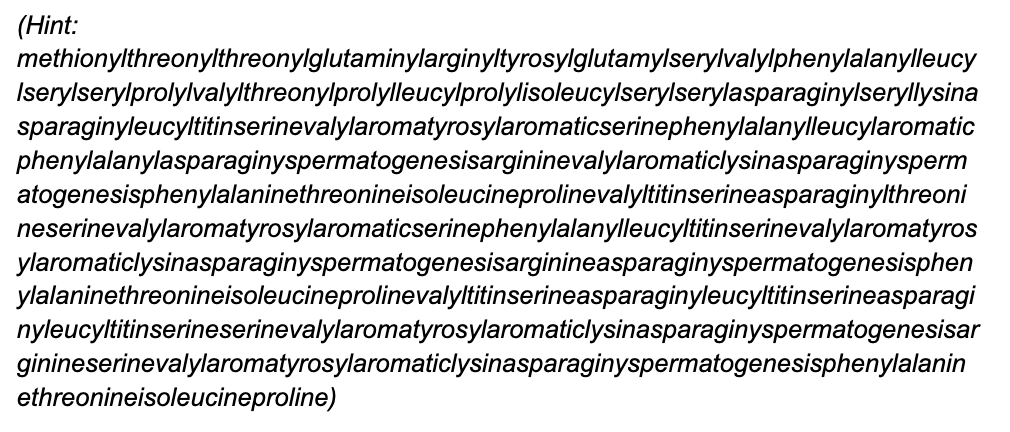Nanotechnology: More harm than good?
In February, NewScientist released an article explaining the intention of researchers to use locusts as bomb sniffers. Of course, locusts have not evolved to detect bombs and certainly do not have the capability to directly communicate to scientists of their findings. However, locusts do have the ability to identify specific smells, a characteristic enhanced if locusts travel in swarms. To utilise this trait, scientists got creative: the article by NewScientist explains how researchers plan to hijack the olfactory system of locusts by attaching biosensors to analyse the neurons being fired when these locusts are placed in a target location. There are several implications of this research. For instance, it isn’t new to us to understand that all tools can be used as weapons, in this case, using the characteristics of locusts to discover ways bombs can go undetected. However, another implication is the use of living organisms as ‘tools’. A commentary by MedicalDiscoveryNews on this research points out that locusts are great for this job as they are “disposable and inexpensive”. Can the same be said of a human?




